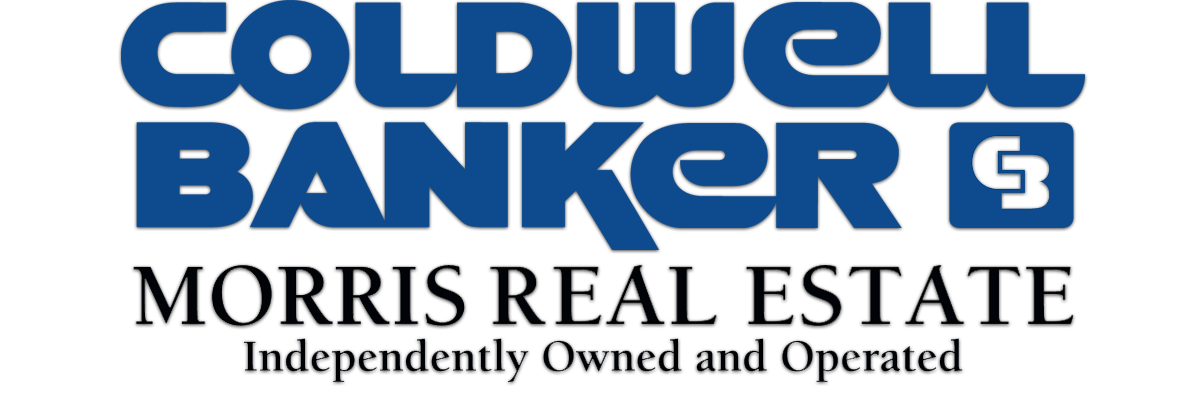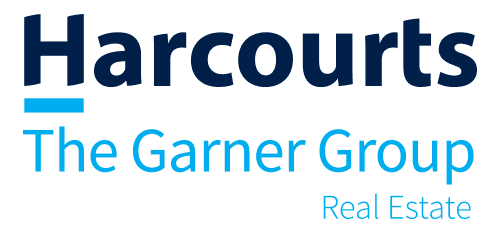What is a website support service?
Our web support services fall outside of the design category, but are critical to a website. We build and secure the puzzle’s edges so the designer can focus on web design.
Here are 10 ways we’ll make your life as a designer or a web-design company easier. We:
1. Create a custom space for the designer to work within. This incubator is essential to get right, as is sets the stage for the entire project moving forward. We establish the connectivity for the server and set the environmental variables to work with the software of the designer’s choice.
2. Manage the installed software to ensure it’s current and secure and also watch the file structure grow to ensure its secure and organized.
3. Review the emerging site architecture and compare it to established search engine best-management practices. We review server logs and help debug the website as it grows — this deeper look is essential for finding errors before they get out of hand.
4. Assist is design elements that require out-of-house server integration. These might include a payment portal, or third-party dedicated search application.
5. Develop a rapid disaster and recovery plan for the your website and configure the automation and integration of these very important backup services.
6. Assist in domain and file transfer when the site is ready to go live. In what seems like magic, emails, domain names, original files are migrated to the end server.
7. Insert analytic code into the site and link the newly transferred domain to Google Webmaster Tools — an important tracking service on a newly created site.
8. Set up reoccurring payments and automated billing for server and domain fees. This ensures that the designer’s project will have a long-service life without interruption or domain inconsistencies.
9. Once the website is up and running, we do some clean up, including checking for any security attacks, triple-checking that the automated back-up is running, and deleting files that may have been only needed through development.
10. Continue active management and monitoring, client support, version updates, automated backups, disaster recovery, and infrastructure maintenance throughout the life of the site.






